Monofilament, Flurocarbon, and Braided are the main types of fishing line that anglers use. But do you know what each is made of? Do you know if you can be cut by the fishing line you have on your pole? We are going to delve into this topic today. I will talk a little it about each kind of line, what it is made of, can it cut you, and how to protect your hands/fingers from being cut. I like mono cause it’s cheap…
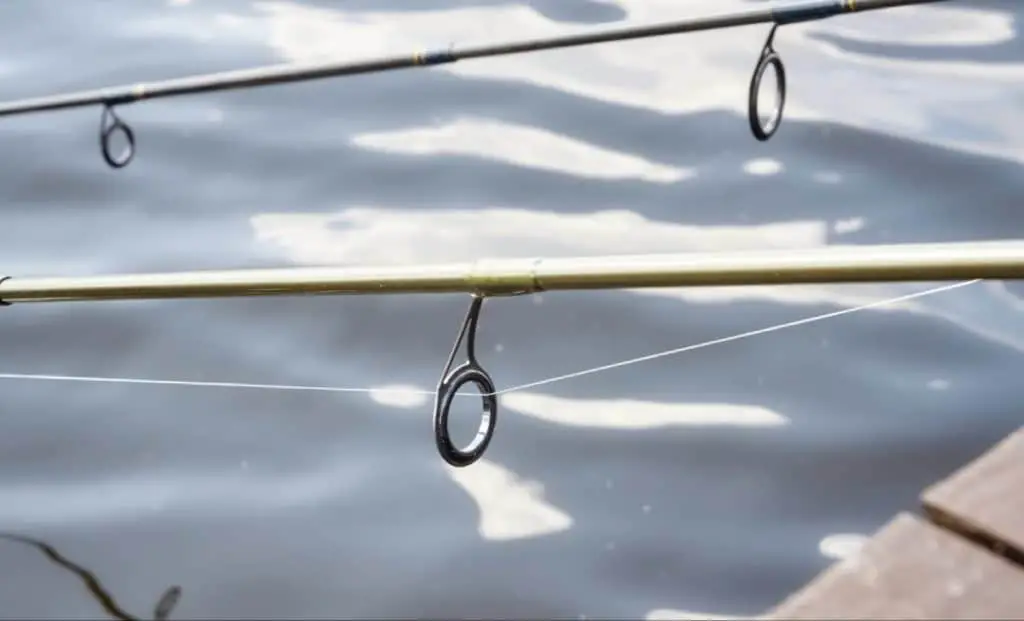
Monofilament – made from a single fiber of plastic, making this type of fishing line cheaper to produce and therefore cheaper for us to purchase. It comes in a wide variety of diameters and test strengths. Mono is the most popular fishing line because it is very affordable. This type of fishing line is not recommended for deep water fishing because it absorbs water. The absorbing of the water will loosen the knots and decrease the sensitivity. The plastic used is strong and flexible and can be dyed many different colors or left as clear fishing line. Mono line is easy to handle, works well in many situations, easier to cast, and flexible. By the way all my reels are wound with mono.
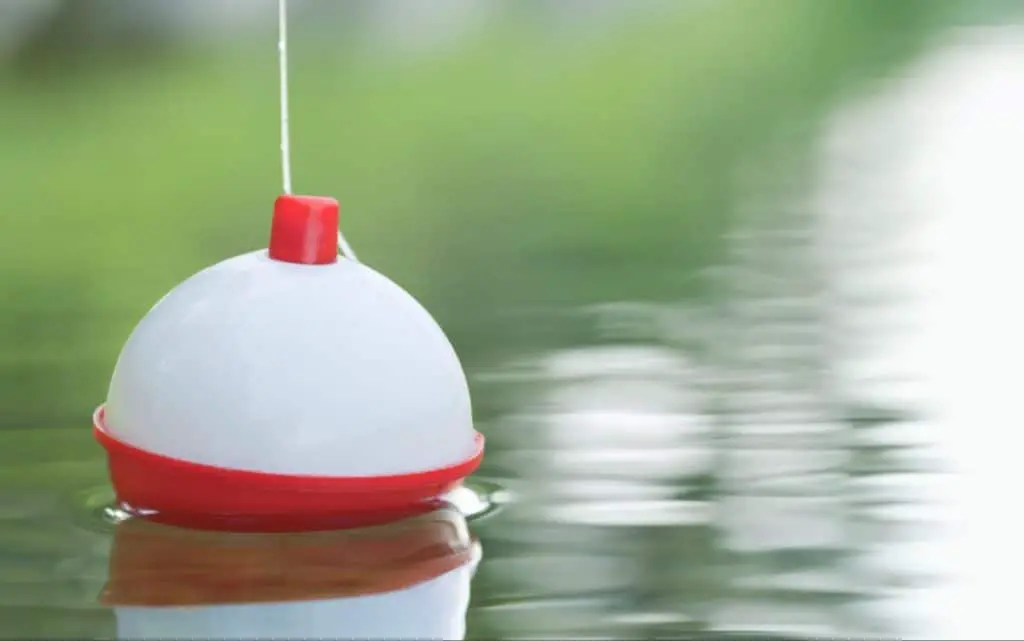
Flurocarbon – this is the most expensive type of fishing line on the shelves. Virtually invisible underwater with very little stretch, leads to better hook-sets. This line is more abrasion resistant and has more memory than other fishing line, like Mono. Flurocarbon is stiffer and less likely to tangle, but dense enough to sink. This makes for excellent trolling and spinning lures.
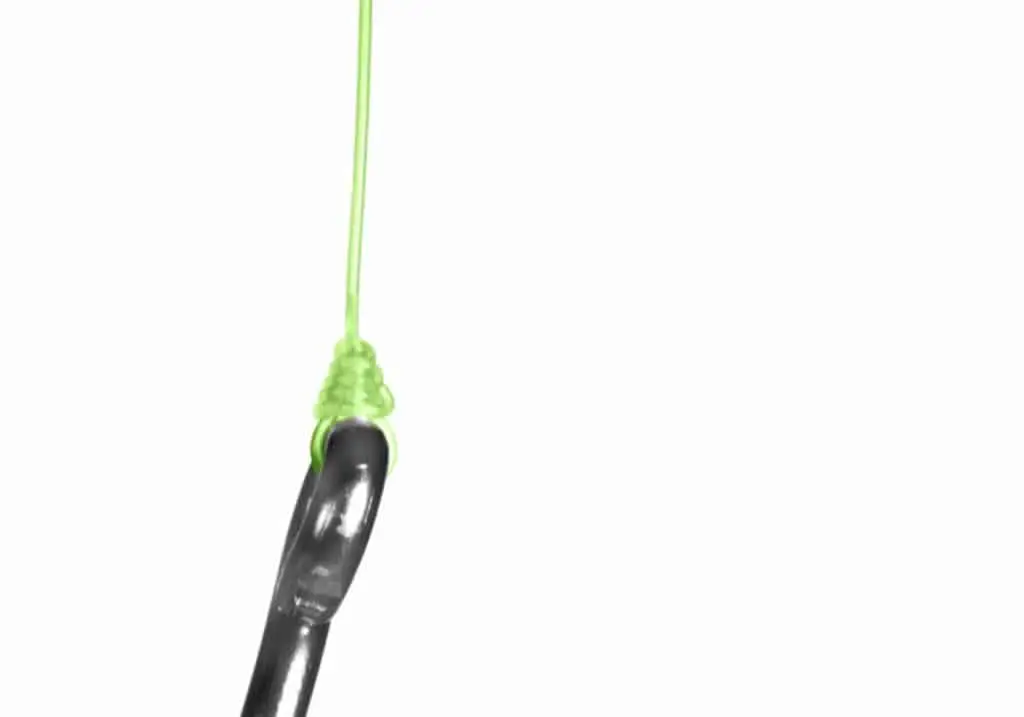
Braided Line – this is smaller in diameter compared to Mono. Used mostly in heavy forage areas because of its high strength and abrasion resistance. This was one of the earliest types of fishing line to be manufactured. Braided fishing line has incredible knot strength, lack of stretch, and superb power in relation to its diameter. One drawback of braided line, fish can see it in the water! Constructed of man-made material like Spectra or Micro-Dyneema (which we will cover in more detail). Braided line has so much strength that anglers have considerable trouble breaking it when their line is snagged.
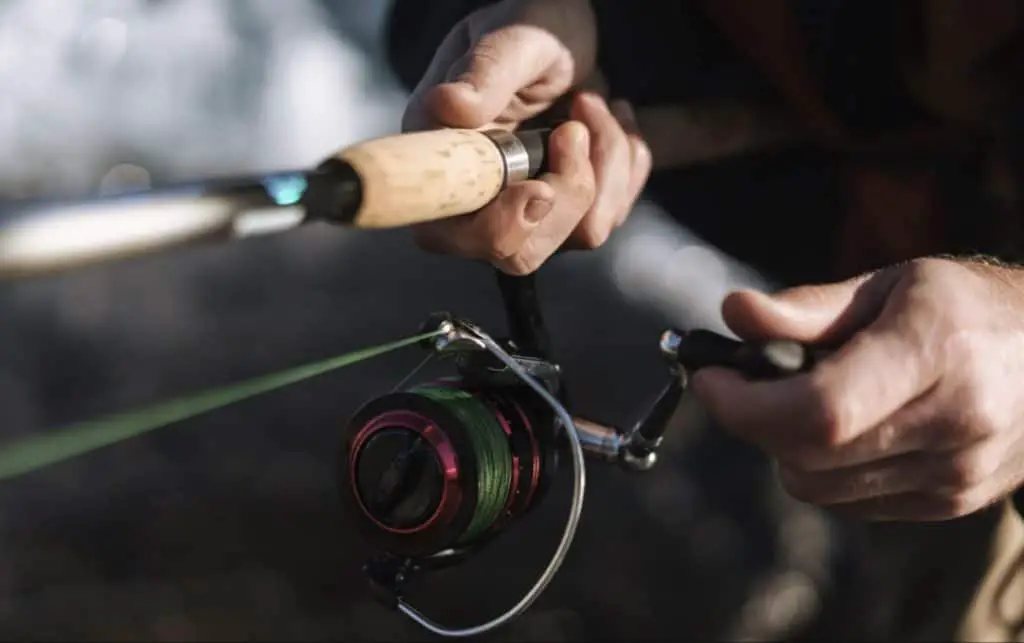
Now that we have provided you with some of the basic information on the three types of fishing line, it is time to answer the question; can fishing line cut you? That depends on what type of fishing line you are using. Modern fishing line are mostly made from artificial substances:
- Nylon
- Polyvinylidene fluoride
- PVDF (flurocarbon)
- Polyethylene
Dacron is a fiber produced by DuPont, and is the registered name for polyester fiber.
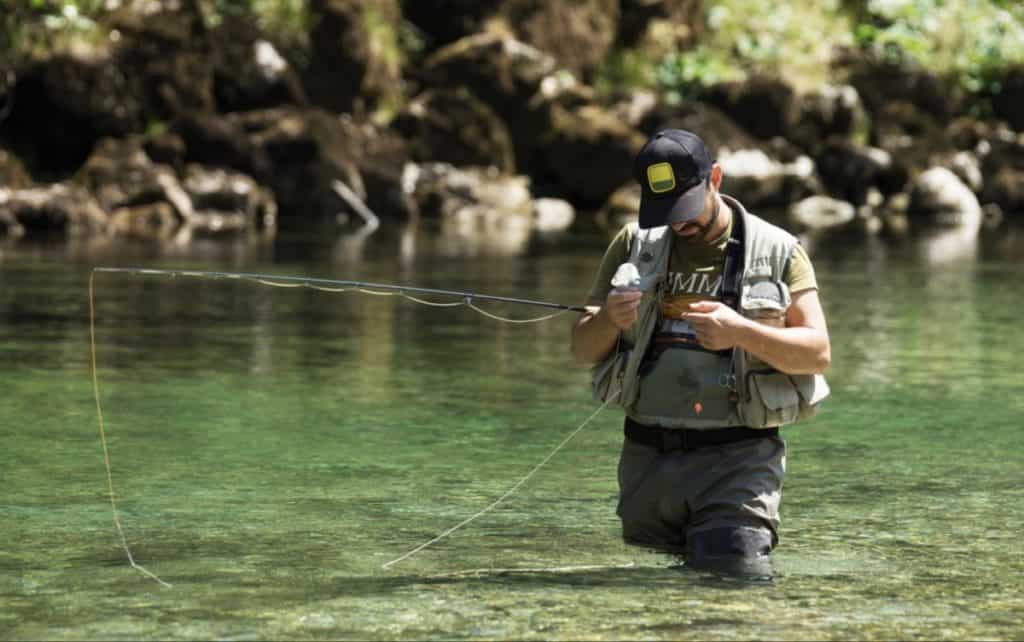
Dyneema is considered the world’s strongest fiber and is used to prevent rope failure. Dyneema is 15 times stronger than steel and is made from Ultra High Molecular Weight Polyethylene (UHMWPE).
Spectra is tiny filaments of super strong material. When braided together you get a thin but amazingly strong fishing line.
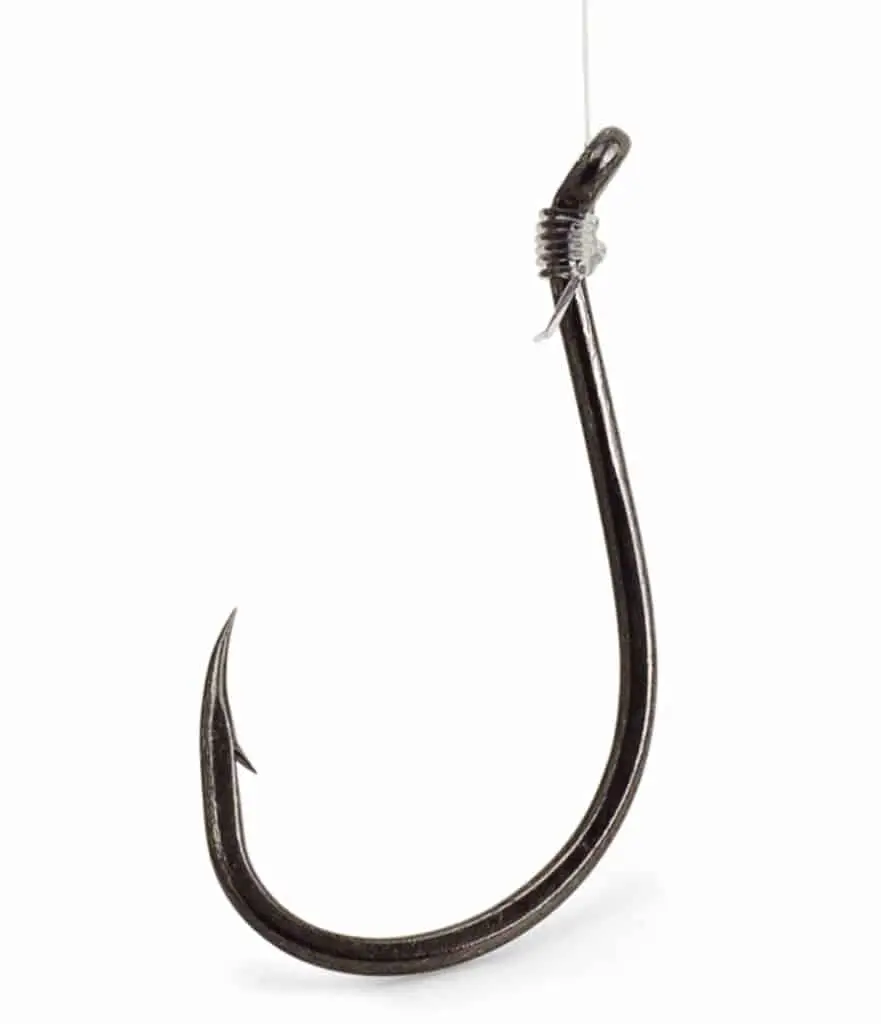
The three materials listed above is what braided fishing line can consist of. There are many companies out there that make fishing line. It is going to be your duty to try some of them out and decide which brand and style is your favorite. You can research them on the internet, look at the reviews and ratings or you can just do it by trial and error. The line that you purchase also needs to correspond with the fish you are trying to catch. You don’t want to use 4 pound test if you are deep water fishing for a HUGE catfish.
Thin Mono and wet fingers can be cut, but braided fishing line can easily cut to the bone. If you do not know how or have never used braided line then it is highly recommended that you don’t use it without some kind of protection. Otherwise you can easily cut off the tip of one of your fingers.

Some suggestions to protect your hands and fingers;
- Gloves
- Medical/hockey tape (NOT electrical tape)
- Finger guards
Gloves work, unless you do a lot of surf casting, then they wear out quickly. Medical/hockey tape is inexpensive and works amazingly. The finger guard is made from a piece of leather with a flexible material on the outside. The finger guards can be found at most bait and tackle shops and they are reasonably priced. It protects your finger and is flexible, whereas the tape is not going to be as flexible as you need it to be.
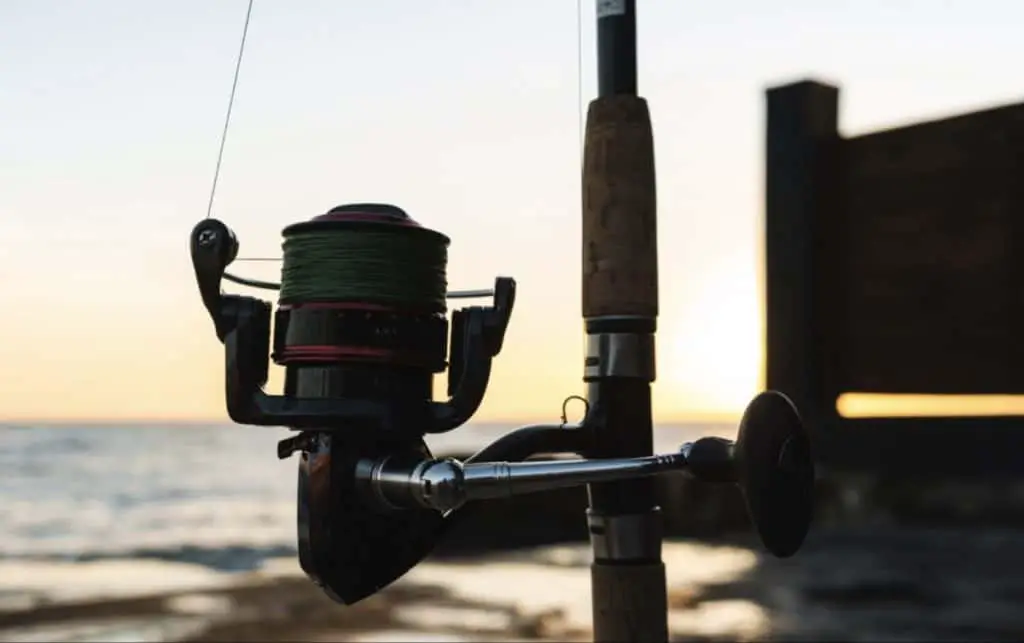
One avid angler high recommended KT tape. It is a little bit more expensive than medical or hockey tape but it is flexible and works the best out of all finger protectants. This can be found at any pharmacy or retail stores, such as WalMart, in the first aid section.
So, we have answered the unknown question; can fishing line cut you? Yes, especially braided fishing line. So please make sure whether you have fished with braided fishing line or not, you use finger protection. No one wants you to have to get a bunch of stitches or be missing the tip of your finger. Fishing is a fun, relaxing, memory making sport that the whole family will love. Let’s not get seriously hurt while doing something that everyone loves to do.
“Be careful of broken people. Their sharp edges may cut you.”
― nickiesha reid
I hope that I have given you the best information on what finger protectants to use, the details of fishing line and what it is made of. Please make sure you are safe and careful when you are out fishing. Have fun making memories with your family and friends and as always, Happy Fishing!

